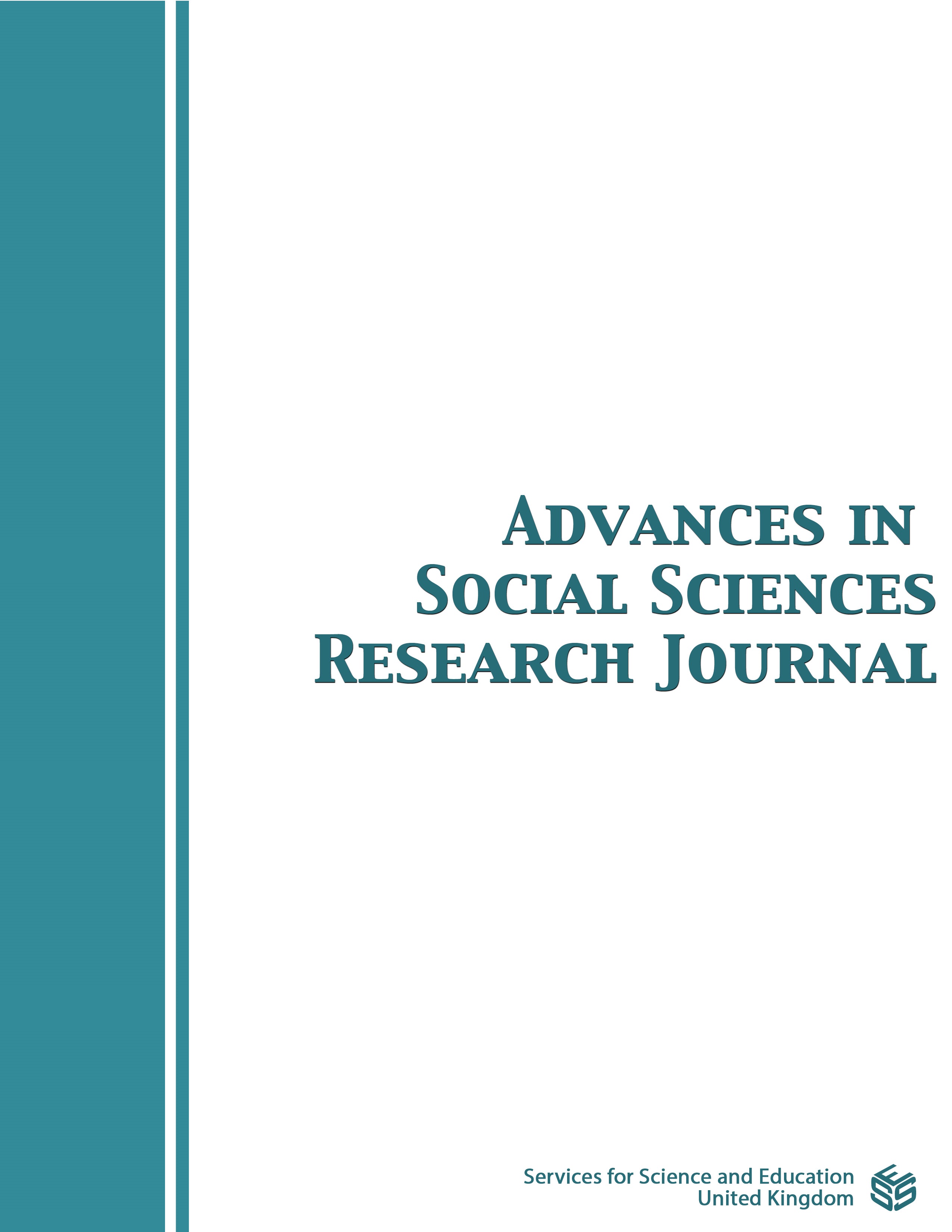Financing American Higher Education: Reviewing the Trend in Student’s Perceptions of Their Student Debt
DOI:
https://doi.org/10.14738/assrj.104.14404Keywords:
Student Loan Debt, Student Perception, Pell Grant, Well-Being, Student debt Stress, Financial Literacy, Higher Education Cost, Financial AidAbstract
This paper reviews existing pieces of literature on student debt, specifically perceptions of student debt and debt repayment strategies in the USA. The policy decision to shift from need-based grants as a means of financing college education to student loans in the 1990s changed the trajectory of higher education, especially for low-income families. Most American college students now have to rely significantly on student loan debt to finance higher education, especially among those who see these loans as an investment. While in school, most college students seem to be unrealistically optimistic about paying their debt upon graduation, which may be an explanation for the huge debt delinquency rate we record in the US. Many graduate colleges today with an unbearable outstanding amount of student loan debt. This explains the consistent correlation between student debt and financial anxiety or stress reported in most studies as student debt and credit card debt have become a significant part of the American college student. There is, therefore, a need for the incorporation of accurate financial literacy programs in our curriculums starting from high school.
Downloads
Published
How to Cite
Issue
Section
License
Copyright (c) 2023 Ruth Endam Mbah

This work is licensed under a Creative Commons Attribution 4.0 International License.
Authors wishing to include figures, tables, or text passages that have already been published elsewhere are required to obtain permission from the copyright owner(s) for both the print and online format and to include evidence that such permission has been granted when submitting their papers. Any material received without such evidence will be assumed to originate from the authors.






